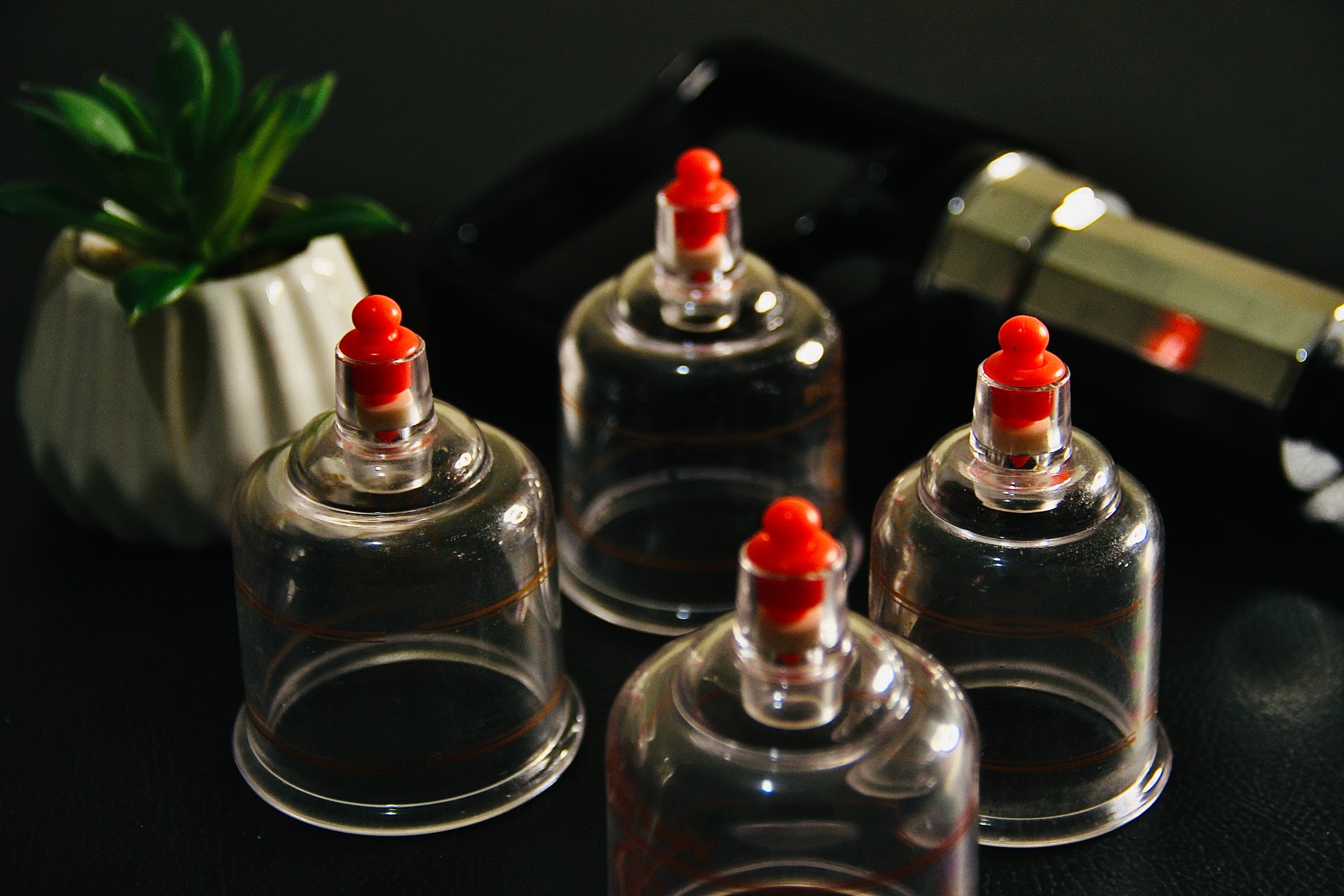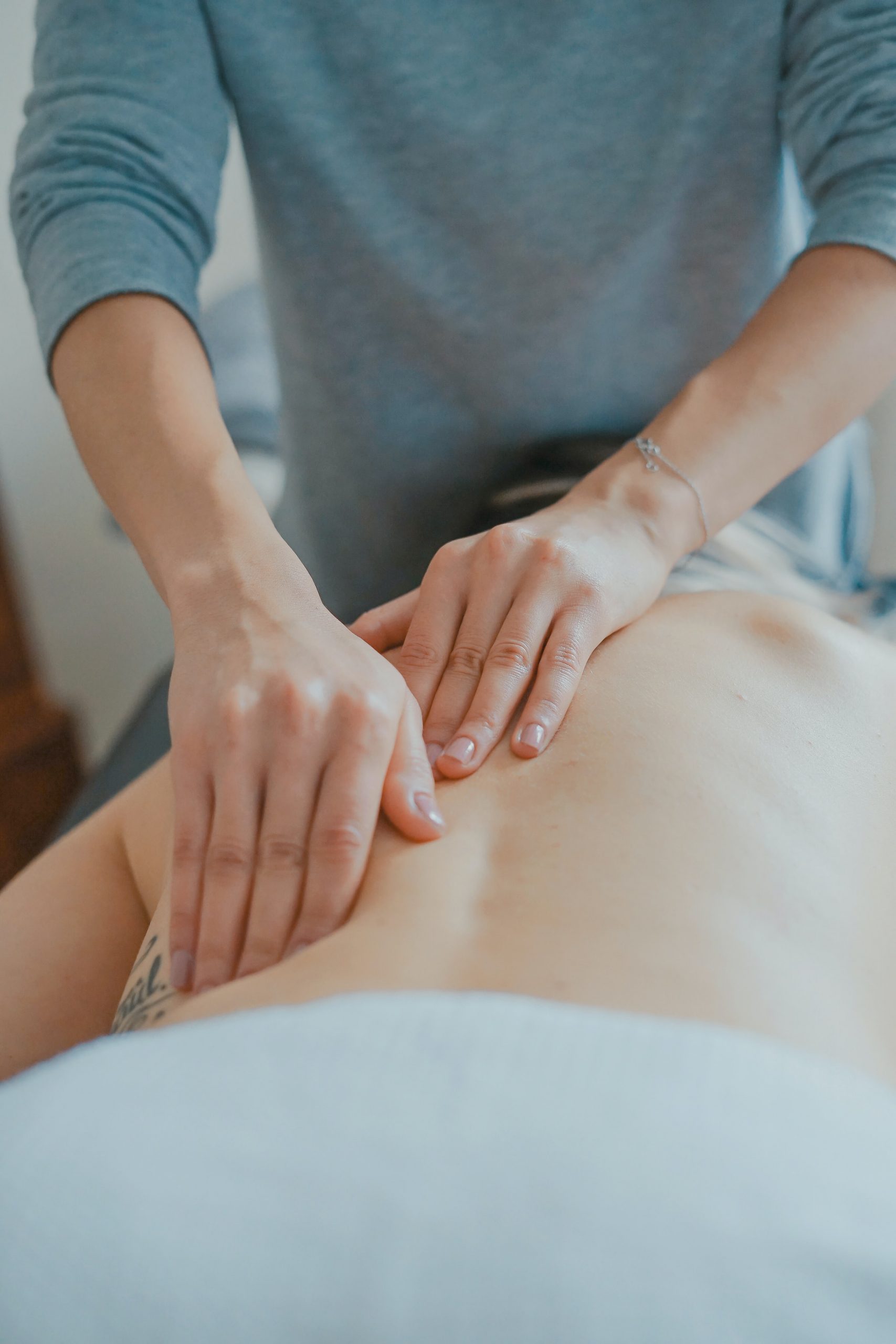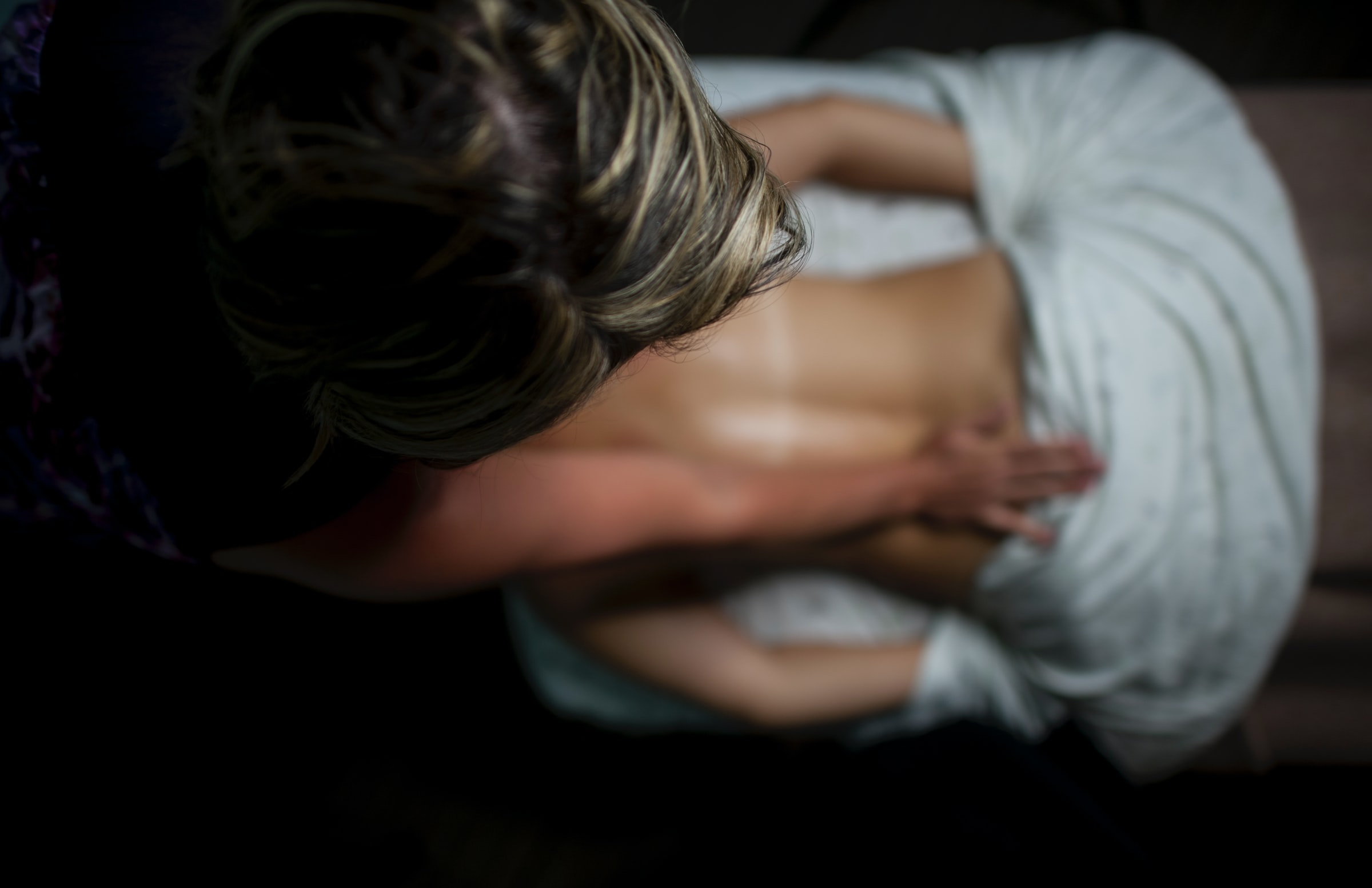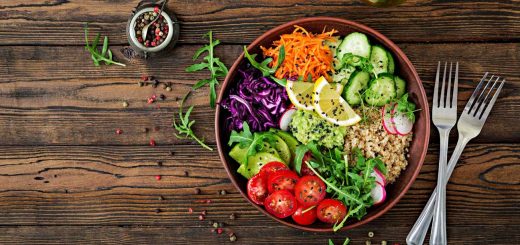5 Things Everyone Should Know About Cupping
Before medicine, as we know it existed, people resorted to alternative healing methods to treat their ailments, and one of these treatments was cupping. It has been used for over a thousand years and has strengthened people’s health and immune systems, and even alleviates chronic and short-term illnesses.
Most Asian countries integrate traditional medicine into their culture and use it to treat diseases; the most popular examples are Chinese medicine and Ayurveda. Northern countries have jumped on the bandwagon and are beginning to use plants and alternative medicine to treat illness, but how much do they know about this ancient tradition? Without further ado, let’s dive into this blog to learn more about cupping.
1. What is it?

Cupping therapy is an ancient and Chinese form of alternative medicine in which a certified therapist puts special cups which are heated on your body. They leave it there for a couple of minutes for it to create suction. People consider this type of alternative medicine for many reasons; some of them are to help reduce pain and inflammation and increase blood flow, relaxation, and one’s overall well-being.
It is also known as a form of deep-tissue massage. The cups are usually made up of various materials, but some of the most common are glass, bamboo, silicone, and earthenware. They are extremely trendy now, but it is not new, and it dates back to ancient Chinese, Egyptian, and Middle Eastern cultures. Its origins can be traced to 1550 BCE, and this was founded in one of the medical textbooks in the world, which is the Ebers Papyrus.
2. It is safe
Cupping is often performed by acupuncturists and healers on their patients. The logic behind cupping is that it moves one’s blood and Qi while healing different ailments. Your acupuncturist will usually swab the cub with either a piece of cotton or alcohol before applying the cup directly to your skin. The heat is what creates the suction.
The cups may be stationary or may move depending on what the healer is trying to focus on and heal. You shouldn’t try this at home, though, because a lot of training and certification goes behind this. You might end up hurting yourself if you try this at home. Remember that cupping is a safe therapy as long as it is done by a certified professional.
3. Types of cupping

Yes, there are different cupping methods out there, but whenever someone refers to cupping, they are more likely referring to fire cupping, which is one of the most popular cupping methods out there. However, some healers or acupuncturists also use a method which is called wet-cupping.
This method is a bit different from fire cupping as it usually includes a scalpel or needle, which allows a small amount of blood to be suctioned out by the glass cups. You should also know that cupping isn’t anything new and is far older than most of your grandparents. Cupping, as we know it, has been used to alleviate pain for over at least 2 millennia now.
4. The marks left after the session indicate the level of stagnation in your body
The marks left are one of the primary reasons why a lot of athletes are getting attention lately because they usually leave prominent marks on your body. The stagnation depends on your body, and the dramatic purple marks can linger on your body for at least a few days, but they will eventually fade away.
The more session you undergo, the less stagnation will be seen and felt on your body. This means the more you go to your acupuncturist, the lighter the marks become. Cupping is known to help with the circulation of blood in your body, and it also eliminates stagnation on top of that.
5. Pros and cons

According to the Journal of Traditional Medicine and Complementary Medicine in 2015, cupping has been proven to treat or, at minimum, alleviate chronic pain and illnesses. The researchers found that they may help with conditions or diseases like herpes zoster, acne, facial paralysis, and cervical spondylosis. The British Cupping Society also believes that it treats:
-
- Anxiety and depression
-
- Blood disorders like Anemia and hemophilia
-
- Bronchial congestion caused by asthma and allergies
-
- Fertility
-
- High blood pressure
-
- Migraines
-
- Rheumatic diseases
-
- Skin problems like acne and eczema
-
- Varicose veins
However, what the British Cupping Society believes hasn’t been backed up by scientific reasons. However, there are certain cons when it comes to cupping, although it is relatively safe as long as you are getting it done by a trained and certified health professional. Some of the side effects are:
-
- Bruises
-
- Burns
-
- Mild discomfort
-
- Skin infection
If your medical practitioners are using the wet method, make sure that they are disinfecting the cups between every new patient. If this isn’t done correctly, it may lead to bloodborne diseases like hepatitis B and C that may spread from patient to patient.
Looking for help?
If you are considering the use of Chinese medicines, acupuncture, moxibustion, and even Tui Na for any type of health condition, make sure to consult your doctor before undergoing treatment. It is especially important to talk to your doctor if you consider using Chinese medicine while pregnant. Leaf Integrative Acupuncture is the place to go if you want to know more about the benefits of Chinese herbs. They are based in Boca Raton, Florida. So, what are you waiting for? Give them a call today for more information on their services.




1 Response
[…] is used to treat illness, pain, and overall good health. This technique and massage are also effective in reducing one’s stress levels, encouraging relaxation, and […]